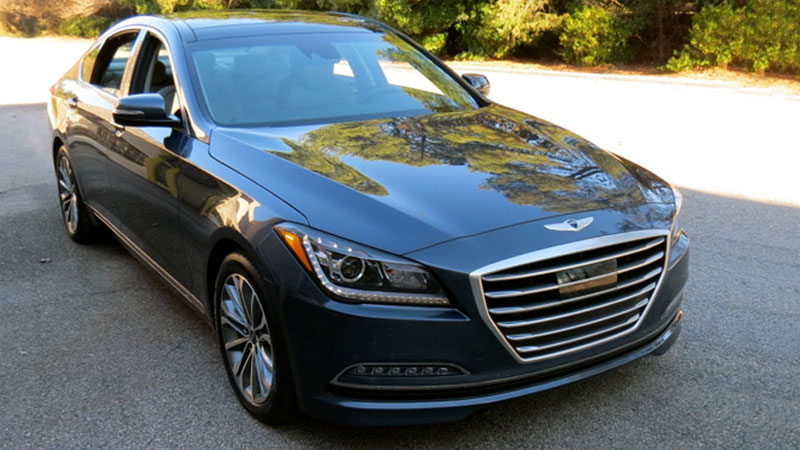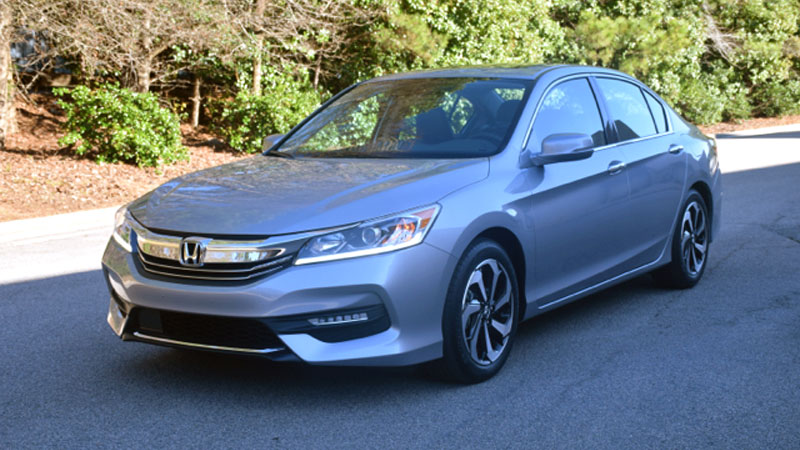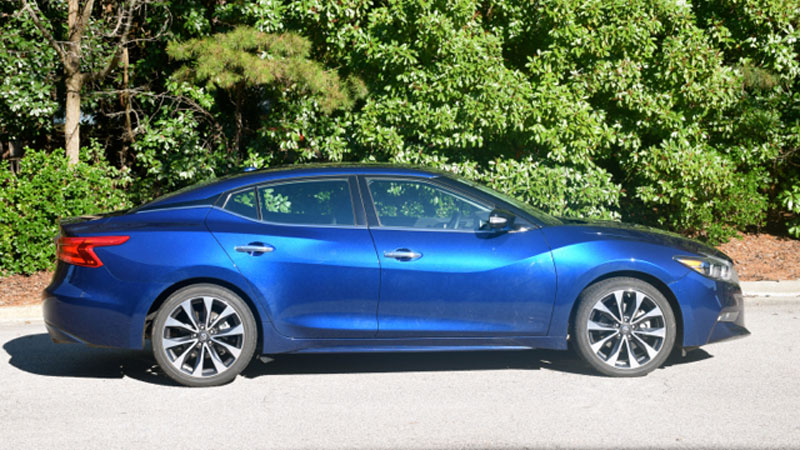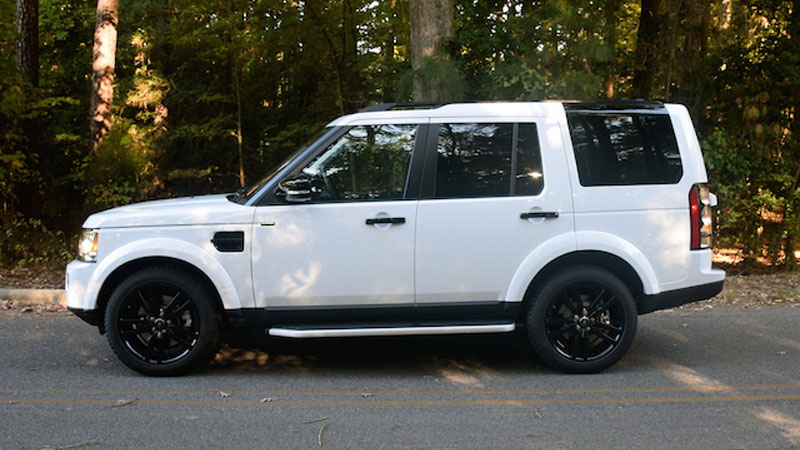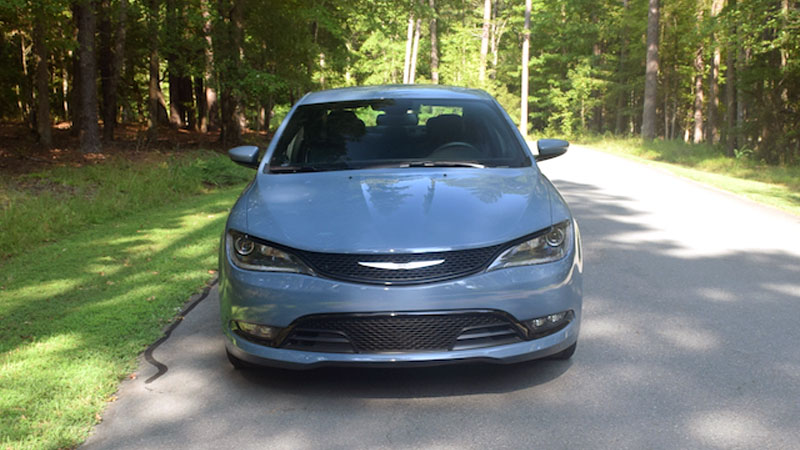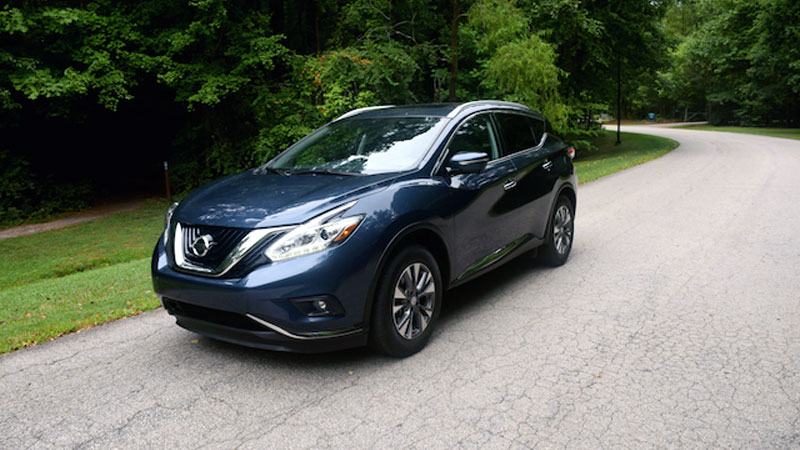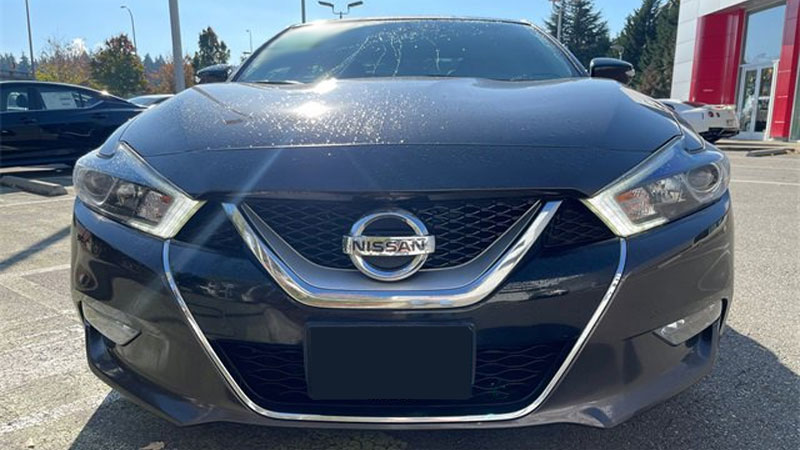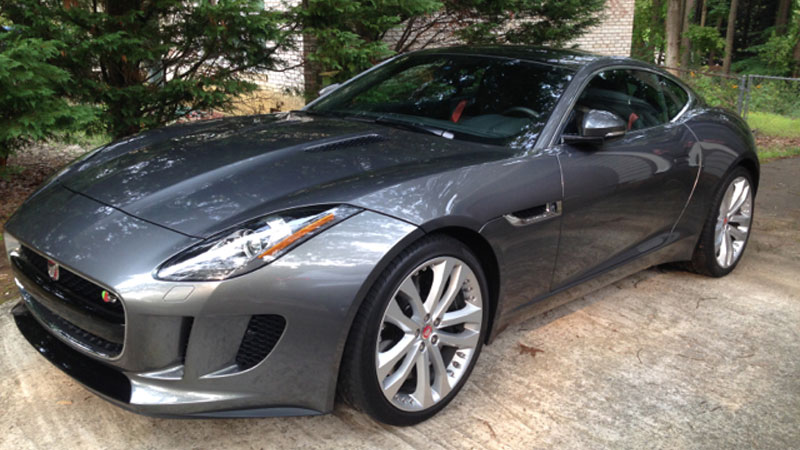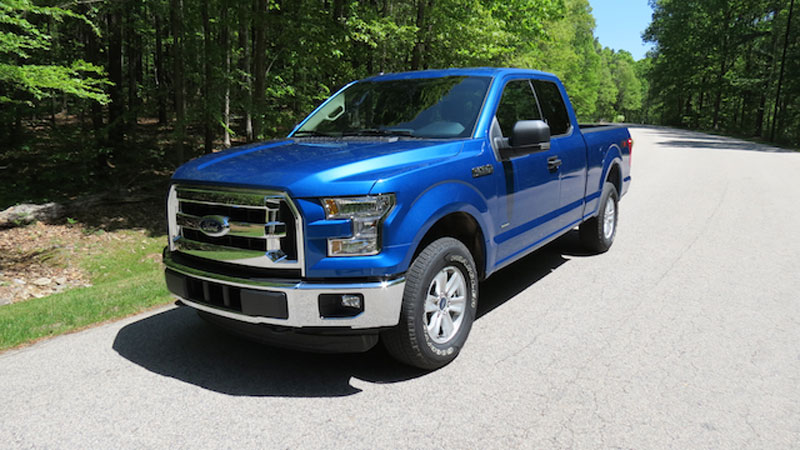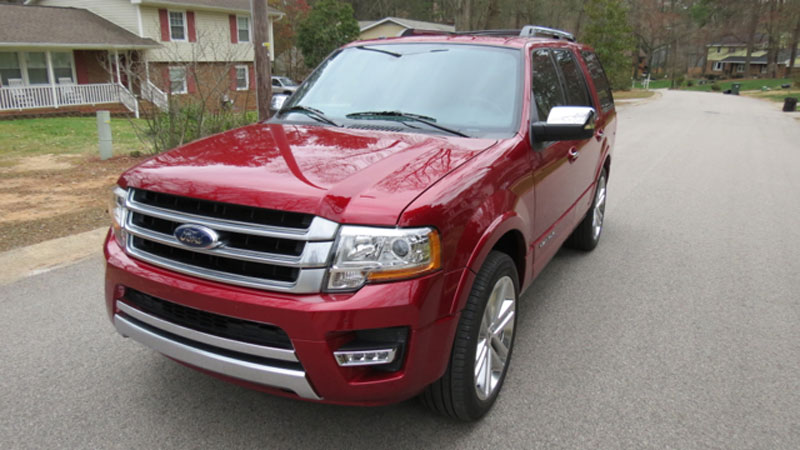2016 Hyundai Genesis Sedan Review (Grand Finale!)
A final look at the outgoing Hyundai Genesis. The Hyundai Genesis is marketed as a “premium luxury sedan” and is the first upscale model sold by this Korean manufacturer in North America. Introduced in 2009, it was soon joined by the unrelated Genesis Coupe and the still larger Hyundai Equus. … Read more

